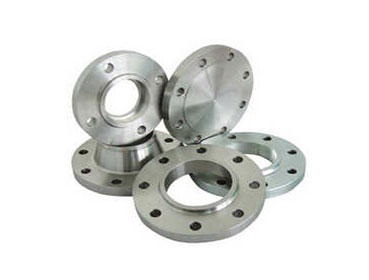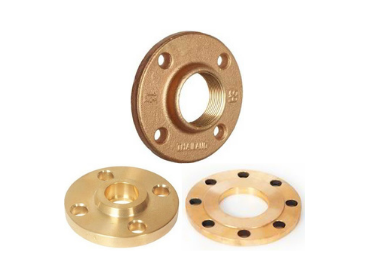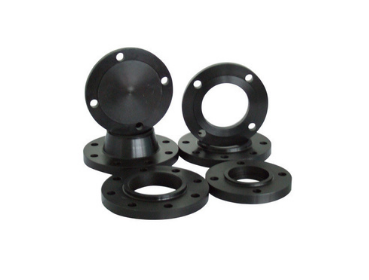Flanges
What are Flanges?
What are Flanges Used For?
To reduce pressure or strain exerted on pipelines without reducing fluid flow rate – Connecting large diameter piping systems together in power plants, refineries, chemical plants – To connect and disconnect piping systems
Facilitating repairs in pipelines by making it easier to access them (e.g., when an emergency shutdown is required) or relocating a pipeline for Flanges Manufacturers.
Types of Flanges
Threaded Flange
Socket-Weld Flanges
Slip-on Flanges
Lap Joint Flanges
Weld Neck Flanges
Blind Flanges
Specialty Flanges
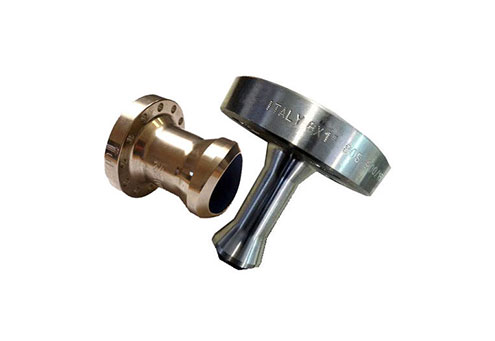
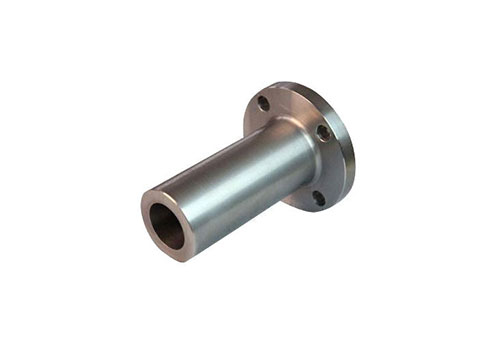

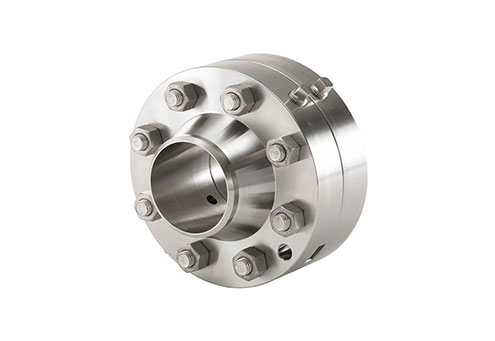

Flange Dimensions and Common Considerations
Outside diameter | The outside diameter refers to the distance between the two opposing edges of the flange face. |
Thickness | The thickness is measured from the outer side of the rim. |
Bolt circle diameter | This is referred to as the distance between the opposing bolt holes which is measured from Centre to Centre. |
Pipe size | Pipe size refers to as that dimension through which the flange gets corresponded. |
Nominal bore size | Nominal bore size is the measurement of inner diameter of the flange connector. |
Applications of flanges
A flange is a method of connecting pipes, valves, pumps, and other equipment to form a piping system. It also provides easy access for cleaning, inspection, or modification. Flanges are usually welded or screwed.
In many applications, engineers need to find a way to close off a chamber or cylinder in a very secure fashion, usually because the substance inside must differ from the substance outside in composition or pressure.
They do this by fastening two pieces of metal or other material together with a circle of bolts on a lip. This “lip” is a flange.
- Plumbing
- Mechanics
- Electronics


